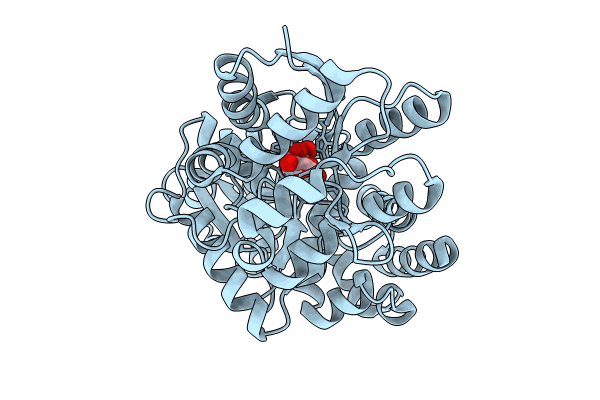
Deposition Date
2023-08-08
Release Date
2024-07-17
Last Version Date
2024-10-30
Entry Detail
PDB ID:
8KD0
Keywords:
Title:
Crystal structure of SAR11_0769 from 'Candidatus Pelagibacter ubique' HTCC1062 bound to a co-purified ligand, beta-galactopyranose
Biological Source:
Source Organism:
Candidatus Pelagibacter ubique HTCC1062 (Taxon ID: 335992)
Host Organism:
Method Details:
Experimental Method:
Resolution:
1.68 Å
R-Value Free:
0.22
R-Value Work:
0.19
Space Group:
P 32 2 1


